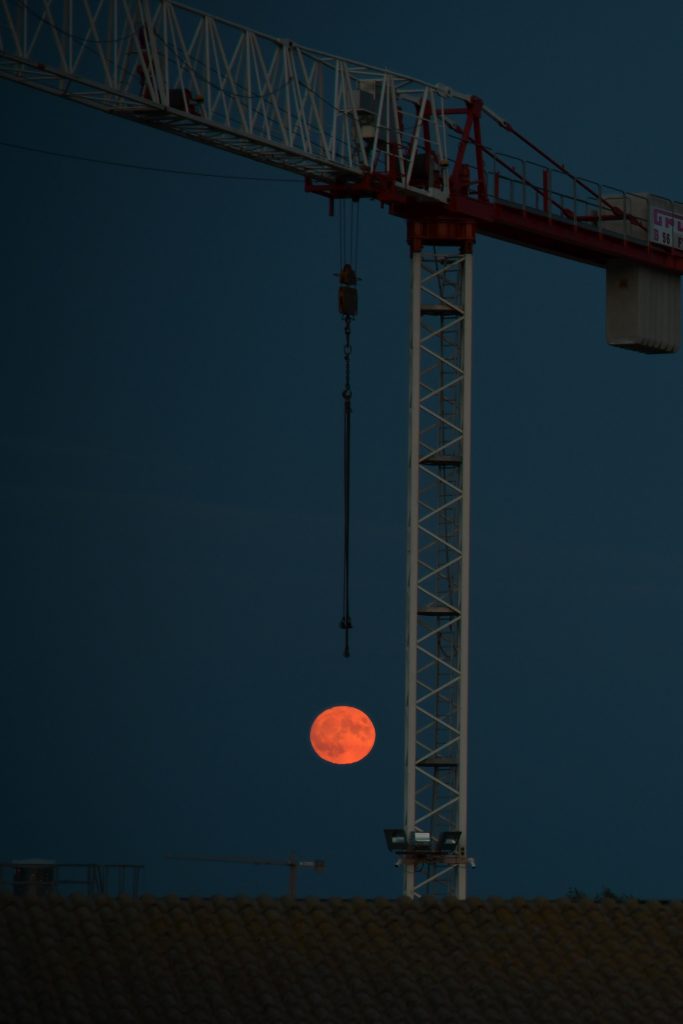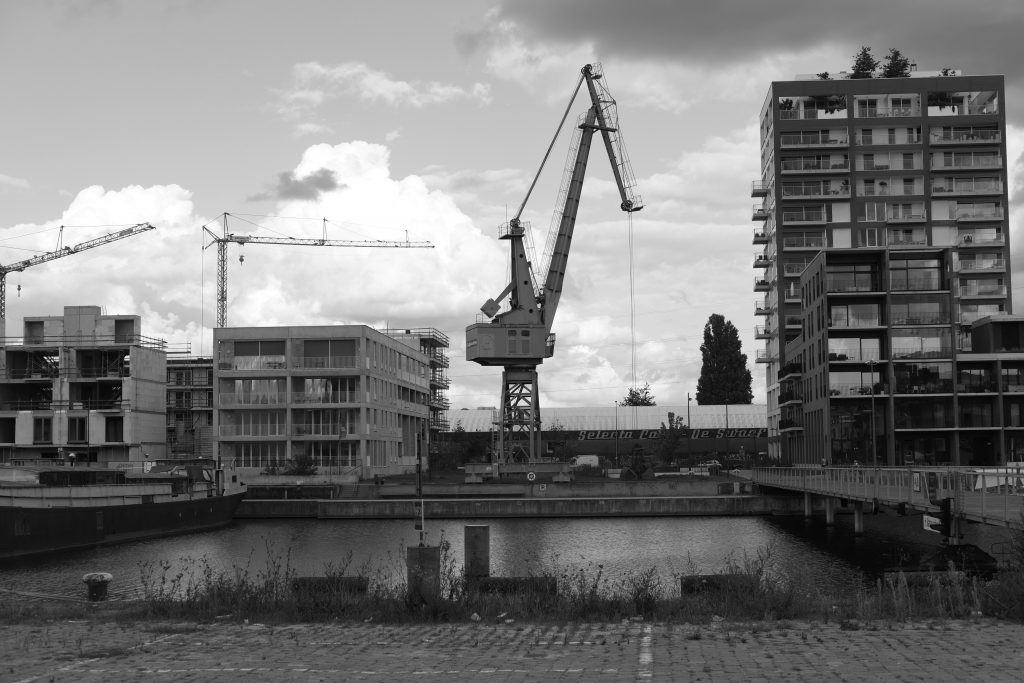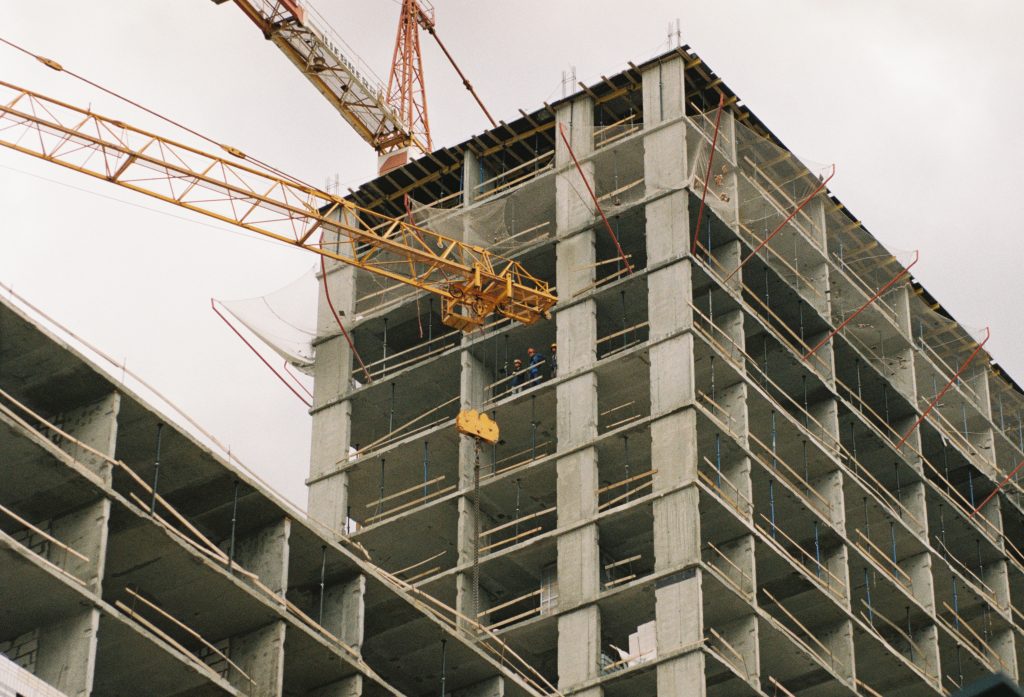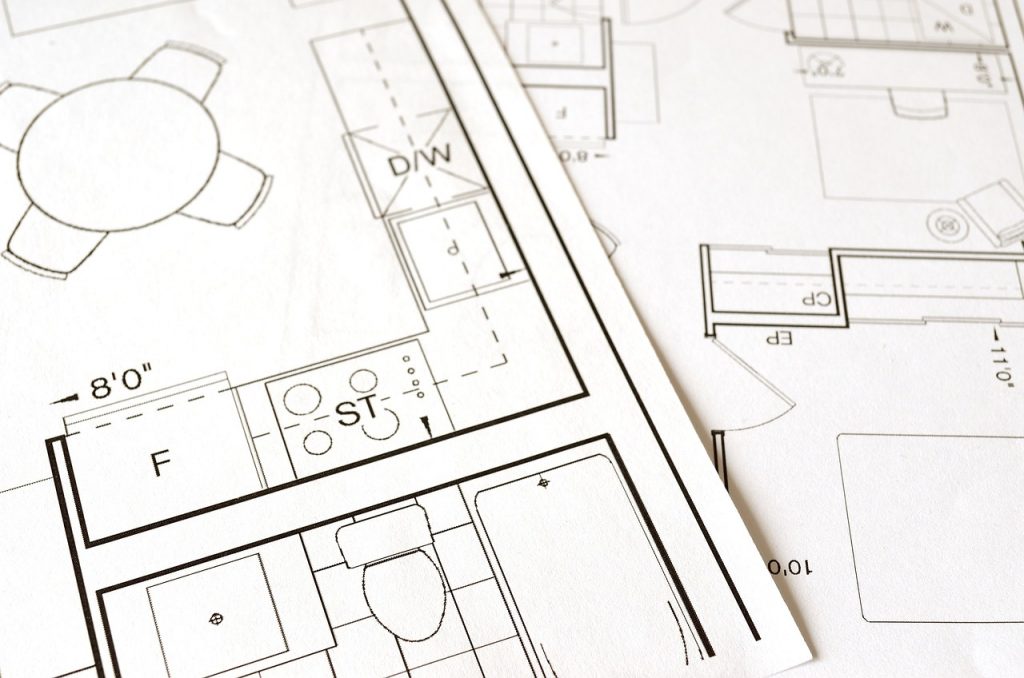If you find yourself caught in a construction project that’s experiencing serious delays, don’t worry – you’re not alone. Construction delay claims can be a common occurrence, causing frustration and anxiety for both contractors and project owners. But fear not, as there is help available to navigate through this complex legal territory. In this article, we’ll provide you with valuable insights, guidance, and reassurance on how to handle construction delay claims. So, sit back, relax, and let us guide you through the steps to find the best solution for your situation.

Understanding Construction Delay Claims
Construction delay claims are legal disputes that arise when a project experiences delays beyond the agreed-upon schedule. These delays can result in various consequences, including increased costs, voided contracts, and damaged relationships between the parties involved. It is important to understand the causes, types, and legal considerations surrounding construction delay claims in order to navigate these situations effectively and seek the appropriate resolution.
What are construction delay claims?
Construction delay claims occur when one party involved in a construction project alleges that the project was not completed within the agreed-upon timeframe due to factors beyond their control. These claims can be made by contractors, subcontractors, or owners, depending on the specific circumstances of the delay. The claiming party seeks compensation for any damages incurred as a result of the delay, such as additional expenses or lost profits.
Types of construction delay claims
There are several types of construction delay claims that can arise, each with its own unique circumstances and legal implications. Some common types include excusable delays, compensable delays, concurrent delays, and owner-caused delays.
Excusable delays are those caused by factors beyond the control of the contractor, such as unforeseen weather conditions or delays in obtaining permits. Compensable delays occur when the owner or another party causes a delay through their actions or negligence. Concurrent delays occur when multiple factors contribute to the delay, making it difficult to determine the responsible party. Owner-caused delays refer to delays caused directly by the owner, such as changes in project scope or design.
Causes of construction delays
Construction delays can occur due to a variety of factors, many of which are beyond the control of the contractor or subcontractor. Some common causes of construction delays include inclement weather, unforeseen site conditions, insufficient labor or materials, changes in project scope or design, and delays in obtaining necessary permits or approvals. Understanding the causes of delays is essential when filing a claim, as it helps establish liability and demonstrate the impact of the delay on the project.
Legal considerations in construction delay claims
When dealing with construction delay claims, it is important to consider the legal aspects of the situation. Construction contracts often contain provisions that outline the rights and obligations of the parties involved in the event of a delay. These contractual obligations can impact the timeline for filing a claim, the notice requirements, and the potential remedies available. It is crucial to consult an attorney experienced in construction law to ensure that all legal considerations are properly addressed throughout the claims process.
Proving Construction Delays
Proving construction delays requires a systematic approach that includes documenting the delays, seeking expert analysis and testimony, and demonstrating causation between the delay and the damages incurred.
Documenting construction delays
The first step in proving a construction delay is documenting the delay itself. This involves keeping detailed records of the project timeline, including any changes or disruptions encountered along the way. These records should include daily logs, progress photos, and any correspondence related to the delay. It is also important to document any additional costs incurred as a result of the delay, such as extended labor or equipment rental fees.
Expert analysis and testimony
Seeking expert analysis and testimony can strengthen the validity of a construction delay claim. Experts, such as construction consultants or engineers, can provide professional opinions on the causes of the delay and the impact it had on the project. Their expertise can help establish liability and support the damages claimed. Expert testimony can be presented during dispute resolution processes, such as mediation, arbitration, or litigation, to support the claimant’s position.
Demonstrating causation
In construction delay claims, it is crucial to demonstrate a direct link between the delay and the damages incurred. This requires establishing causation, which involves showing that the delay directly resulted in additional costs, lost profits, or other damages. Demonstrating causation can be complex, especially in cases involving concurrent delays or multiple contributing factors. Consulting with legal professionals experienced in construction delay claims can help navigate the complexities of proving causation and increase the chances of a successful claim.
Filing a Construction Delay Claim
When faced with a construction delay, filing a claim is often necessary to seek compensation for the damages incurred. However, there are several important considerations to keep in mind when initiating a construction delay claim.
Contractual obligations
One of the first considerations when filing a construction delay claim is reviewing the contractual obligations between the parties involved. Construction contracts often contain provisions outlining the rights and responsibilities of each party in the event of a delay. These provisions may specify the notice requirements, the timeline for filing a claim, and the potential remedies available. It is essential to carefully review the contract and follow the prescribed procedures to ensure compliance with the agreed-upon terms.
Notice requirements
Construction contracts typically include notice requirements that must be followed when a delay occurs. These requirements often outline specific details that must be included in the notice, such as the cause of the delay, the anticipated impact on the project, and the requested remedy. Failing to provide proper notice within the specified timeframe can jeopardize the claim and limit the available remedies. It is important to comply with the notice requirements to protect one’s rights and maintain a strong position in the claim process.
Filing deadlines
In addition to notice requirements, construction delay claims often have specific filing deadlines that must be followed. These deadlines are typically outlined in the construction contract and may vary depending on the jurisdiction and the nature of the claim. Failing to file a claim within the prescribed timeframe can result in the loss of the right to seek compensation for the delay. It is crucial to consult with an attorney experienced in construction delay claims to ensure compliance with the filing deadlines and preserve one’s rights.
Legal representation
Navigating the complexities of a construction delay claim can be challenging without the guidance of a knowledgeable attorney. Seeking legal representation early in the process can significantly increase the chances of a successful claim. An experienced attorney can help assess the merits of the claim, gather the necessary evidence, negotiate with the opposing party, and represent the claimant’s best interests during dispute resolution processes. Consulting an attorney with expertise in construction delay claims is vital to protect one’s rights and obtain a favorable outcome.
Common Challenges in Construction Delay Claims
Construction delay claims can present various challenges, requiring careful consideration and strategic approaches to overcome them.
Proving contractor responsibility
One common challenge in construction delay claims is proving contractor responsibility for the delay. In some cases, multiple factors may contribute to the delay, making it difficult to determine the exact cause. Clarifying the contractor’s role and responsibility in the delay is essential to establish liability and seek the appropriate compensation. Thorough documentation, expert analysis, and legal expertise can help overcome this challenge and hold the responsible party accountable.
Mitigation efforts
Another challenge in construction delay claims relates to the claimant’s efforts to mitigate the damages caused by the delay. Claimants are generally expected to take reasonable steps to minimize the impact of the delay on the project. This may include expediting certain tasks, reallocating resources, or seeking alternative solutions. Failure to demonstrate adequate mitigation efforts can affect the claimant’s ability to recover certain damages. It is important to work closely with legal professionals to develop effective mitigation strategies and ensure compliance with legal requirements.
Concurrent delay issues
Concurrent delays occur when multiple factors contribute to a delay, making it difficult to assign responsibility to a specific party. These delays can complicate the claims process and require careful analysis to determine liability and allocate damages. Addressing concurrent delay issues often involves expert analysis, expert testimony, and thorough documentation of the sequence of events. Having legal guidance throughout the process can help navigate the complexities of concurrent delay claims and increase the likelihood of a favorable outcome.
Calculating Damages in Construction Delays
Calculating damages in construction delays involves assessing the direct and indirect costs incurred as a result of the delay. It is critical to understand the various types of damages that can be claimed and the factors that may impact their calculation.
Direct damages
Direct damages in construction delays refer to the actual costs incurred as a result of the delay. These costs may include additional labor expenses, extended equipment rentals, and increased material costs. Calculating direct damages typically involves reviewing financial records, invoices, and other relevant documentation to determine the actual monetary impact of the delay.
Indirect damages
Indirect damages, also known as consequential damages, refer to the financial losses that are not directly caused by the delay but are a result of its impact. These damages can include lost profits, increased financing costs, and damage to business reputation. Calculating indirect damages often requires projecting the potential financial impact over an extended period of time and may involve expert analysis or economic modeling to demonstrate the extent of the losses.
Liquidated damages
In some cases, construction contracts may include provisions for liquidated damages, which are predetermined amounts specified in the contract to compensate the injured party for delays. These amounts are agreed upon in advance and serve as a predetermined measure of damages. Calculating liquidated damages is typically straightforward, as the amount is specified in the contract and does not require additional assessment.
Accelerated costs
In certain situations, a construction delay may result in the need to accelerate the project to meet the original deadline. This often involves incurring additional costs to expedite certain tasks or bring in additional resources. Calculating accelerated costs requires assessing the additional expenses incurred to complete the project on time and determining the actual impact of the acceleration.
Understanding the various types of damages and the factors that contribute to their calculation is crucial when determining the overall impact of a construction delay. Consulting with legal and financial professionals can help ensure that all relevant costs are appropriately accounted for and included in the claim.
Resolution and Dispute Process
Resolving construction delay claims often involves various dispute resolution processes, including mediation, arbitration, and litigation. Understanding these processes and their implications can help parties navigate the claims process effectively and seek a favorable resolution.
Mediation
Mediation is a voluntary process in which a neutral mediator helps the parties involved in a dispute reach a mutually acceptable resolution. Mediation allows for open communication and collaborative problem-solving. The mediator facilitates discussions, helps identify common interests, and assists in exploring potential solutions. Mediation can be a cost-effective and efficient way to resolve construction delay claims while preserving the relationship between the parties.
Arbitration
Arbitration is a more formal dispute resolution process in which an impartial arbitrator, or a panel of arbitrators, reviews the evidence and renders a binding decision. Arbitration typically follows procedures that are less formal and time-consuming than litigation. The arbitrator’s decision, known as an award, is generally enforceable in court. Arbitration can provide a faster and less costly alternative to litigation for resolving construction delay claims. However, it is important to carefully review the arbitration agreements and understand the implications before engaging in this process.
Litigation
Litigation involves the resolution of a dispute through the court system. It is the most formal and complex dispute resolution process, often requiring legal representation and adherence to strict procedural rules. Litigation can be time-consuming and expensive, but it provides a forum for presenting evidence, cross-examining witnesses, and obtaining a legally binding judgment. Sometimes, litigation becomes necessary when other dispute resolution methods fail to achieve a satisfactory resolution. Consulting with legal professionals experienced in construction delay claims can help determine the most appropriate dispute resolution process based on the specific circumstances of the case.

Consulting an Attorney for Construction Delay Claims
When dealing with construction delay claims, consulting with an attorney experienced in construction law is crucial. An attorney can provide invaluable guidance and support throughout the claims process, ensuring that legal concerns are directly addressed and emotional connections are established.
Importance of legal guidance
Seeking legal guidance is essential to navigate the complexities of construction delay claims. An experienced attorney can assess the merits of a claim, review the relevant contracts and legal obligations, and develop a strategic approach to seek the appropriate compensation. Legal guidance helps to protect one’s rights, understand the legal implications of the claim, and increase the chances of a favorable outcome.
Choosing the right attorney
Choosing the right attorney is crucial when dealing with construction delay claims. It is important to select an attorney with extensive experience and expertise in construction law and delay claims. An attorney with a deep understanding of the construction industry can provide valuable insights, anticipate potential challenges, and develop effective strategies to support the claim. Additionally, selecting an attorney who has a track record of successfully handling construction delay claims can inspire confidence and increase the likelihood of a successful resolution.
Initial consultation
An initial consultation with an attorney is an important step in the construction delay claims process. During this consultation, the attorney can assess the specifics of the case, explain the legal options available, and provide an overview of the potential outcomes. This initial meeting also allows the claimant to evaluate the attorney’s expertise, ask any questions, and gain a better understanding of the legal process ahead. An initial consultation can provide the necessary foundation for a successful attorney-client relationship and pave the way for effective legal representation throughout the claims process.
Statute of Limitations for Construction Delay Claims
Understanding the statute of limitations is crucial when filing a construction delay claim. The statute of limitations sets a time limit within which a claim must be filed, and failure to comply with this deadline can result in the loss of the right to seek compensation for the delay.
Understanding the time limit
The statute of limitations for construction delay claims varies depending on the jurisdiction and the specific circumstances of the claim. It is important to consult with an attorney knowledgeable in construction law to determine the applicable statute of limitations and ensure compliance with the specified timeframe. Filing a claim within the prescribed time limit is essential to protect one’s rights and maintain a strong position in the claims process.
Exceptions and extensions
In certain situations, there may be exceptions or extensions to the statute of limitations for construction delay claims. These exceptions typically arise when there are legitimate reasons for the delay in filing the claim, such as fraud, concealment, or duress. It is crucial to consult with an attorney to determine if any exceptions or extensions apply and to ensure compliance with any additional requirements or procedures.
Understanding the statute of limitations is critical when pursuing a construction delay claim. Failing to file a claim within the prescribed timeframe can have severe consequences, resulting in the loss of the right to seek compensation. Consulting with an attorney experienced in construction delay claims can help determine the applicable statute of limitations and ensure that all necessary steps are taken within the specified timeframe.

Preventing Construction Delays
Preventing construction delays is crucial for the successful completion of any construction project. By implementing certain measures and best practices, delays can be minimized, costs can be controlled, and the overall project efficiency can be enhanced.
Drafting solid contracts
One of the most effective ways to prevent construction delays is to draft solid and comprehensive contracts. Construction contracts should clearly outline the roles, responsibilities, and obligations of each party involved in the project. They should include provisions for addressing potential delays, such as notice requirements, dispute resolution mechanisms, and guidelines for resolving conflicts. By setting clear expectations and establishing a framework for addressing delays, construction contracts can help mitigate the risk of disputes and delays.
Effective project management
Effective project management is essential for preventing construction delays. This includes careful planning, scheduling, and coordination of all project activities. Project managers should have a thorough understanding of the project scope, timeline, and available resources. They should establish effective communication channels, monitor progress regularly, and anticipate potential obstacles. By proactively addressing issues and implementing appropriate measures, project managers can minimize delays and keep the project on track.
Communication and collaboration
Open and clear communication among all parties involved in the construction project is crucial for preventing delays. Regular communication helps ensure that everyone is aware of the project status, any changes, and potential risks. Collaboration and cooperation among the owner, contractors, subcontractors, and suppliers can foster a proactive approach to problem-solving and create a more efficient and harmonious working environment. By fostering a collaborative culture, potential issues can be identified and addressed promptly, minimizing the likelihood of delays.
Preventing construction delays requires a proactive and collaborative approach. By drafting solid contracts, implementing effective project management practices, and fostering open communication and collaboration, construction delays can be minimized, allowing for smoother and more successful project completion.
Importance of Early Intervention in Construction Delays
Early intervention is crucial when dealing with construction delays. Taking prompt action can help mitigate further delays, preserve evidence, and maintain the integrity of the project.
Mitigating further delays
When faced with a construction delay, it is important to take immediate action to mitigate any further delays. This may involve coordinating with the responsible party to address the issue, expediting tasks, reallocating resources, or seeking alternative solutions. By promptly addressing the delay and implementing mitigation measures, the impact on the project can be minimized, and the chances of successful resolution can be optimized.
Preserving evidence
Preserving evidence is essential when preparing for a construction delay claim. This involves documenting the delay, its causes, and the resulting damages in a timely and accurate manner. Thorough documentation, including daily logs, progress photos, and relevant correspondence, can serve as crucial evidence when proving the delay and its impact. By preserving evidence from the outset, the claimant can strengthen their position and increase the likelihood of a favorable outcome during the claims process.
Maintaining project integrity
Early intervention in construction delays is essential to maintain the integrity of the project. Promptly addressing delays helps ensure that the project stays on track and meets the agreed-upon timeline. By taking immediate action, disputes can be resolved more efficiently, and relations between the parties involved can be preserved. Early intervention also allows for effective crisis management and risk mitigation, which is crucial for maintaining the overall success and reputation of the project.
Taking early and proactive measures when faced with a construction delay is vital to minimize the impact on the project. By mitigating further delays, preserving evidence, and maintaining the integrity of the project, the claimant can increase their chances of successfully navigating the claims process and achieving a favorable outcome.
In conclusion, construction delay claims are often complex and require a comprehensive understanding of the legal considerations, proof of causation and damages, adherence to contractual obligations and filing deadlines, and the ability to navigate potential challenges. Consulting with an experienced attorney specializing in construction delay claims is crucial to ensure that the claimant’s rights are protected and the claim is pursued effectively. By understanding the causes of construction delays, implementing preventive measures, and taking prompt action when delays occur, construction projects can be completed successfully, and disputes can be resolved in a satisfactory manner.


























